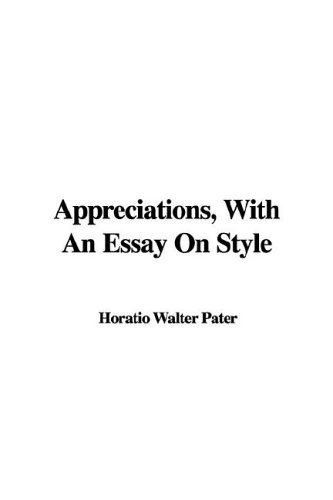What do you think?
Rate this book


152 pages, Paperback
First published January 1, 1890
«هر زیبایی در نهایت عبارت است از صافی، روشنی و لطافت حقیقت و چیزی که ما آن را «بیان» مینامیم، در واقع تطبیق دادن سخن است با آن بینش درونی به گونهای زیباتر.
آنچه نویسنده از حقیقت میفهمد، رونوشتی است که او به جای خود حقیقت برمیگزیند و بر خود آن را ترجیح میدهد و این رونوشت، برای نویسنده، از خود حقیقت زیباتر و دلپذیر است. در ادبیات، هر جا که این احساس خود را نشان دهد، هرجا که آفرینندۀ اثر، آن را به این گونه تغییر دهد، فراتر از قصد و کاربرد اولیۀ اثر، برای دلپذیرتر ساختن آن، در کنار هنر صرفی که در آن تنها استفاده و سودمندی مورد نظر است، ظرافت و زیبایی نیز وجود خواهد داشت. در هر حال، هنر ادبی، تقلیدی است از حقیقن و عبارت است از آفرینش دوبارۀ آن. تمام ویژگیهای موجود در یک اثر هنری دیگر نیز چنین حقیقتی را در خود نشان میدهد؛ حقیقتی که به گونهای با روح خالق اثر پیوند خورده و ویژگیها، اهداف، مزایا و تواناییهای موجود در آن، از شخصیت فردی او نشأت گرفته است.» (12-13)